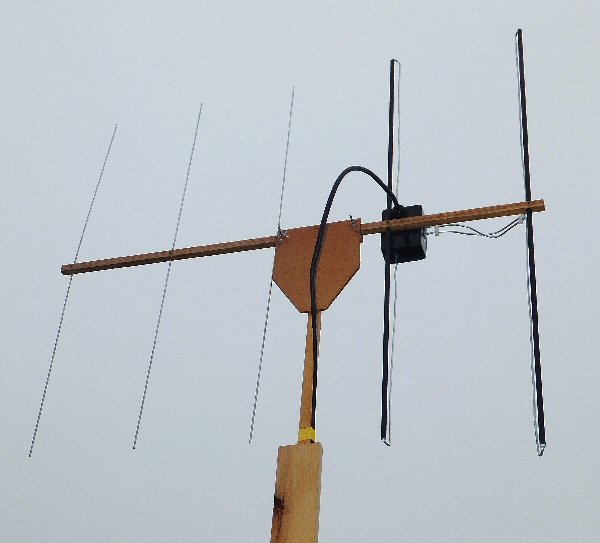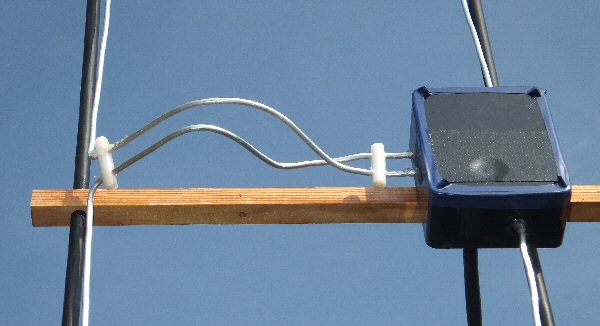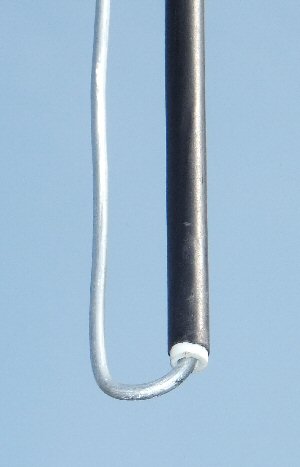


|
3D printed GP antenna |
3D printed 5/8 wave antenna |
3D printed 3 element collinear |
my radio page |
my antenna page |
3D page |
THE CREATIVE SCIENCE CENTRE
home | diary | whats on | CSC summary | latest news